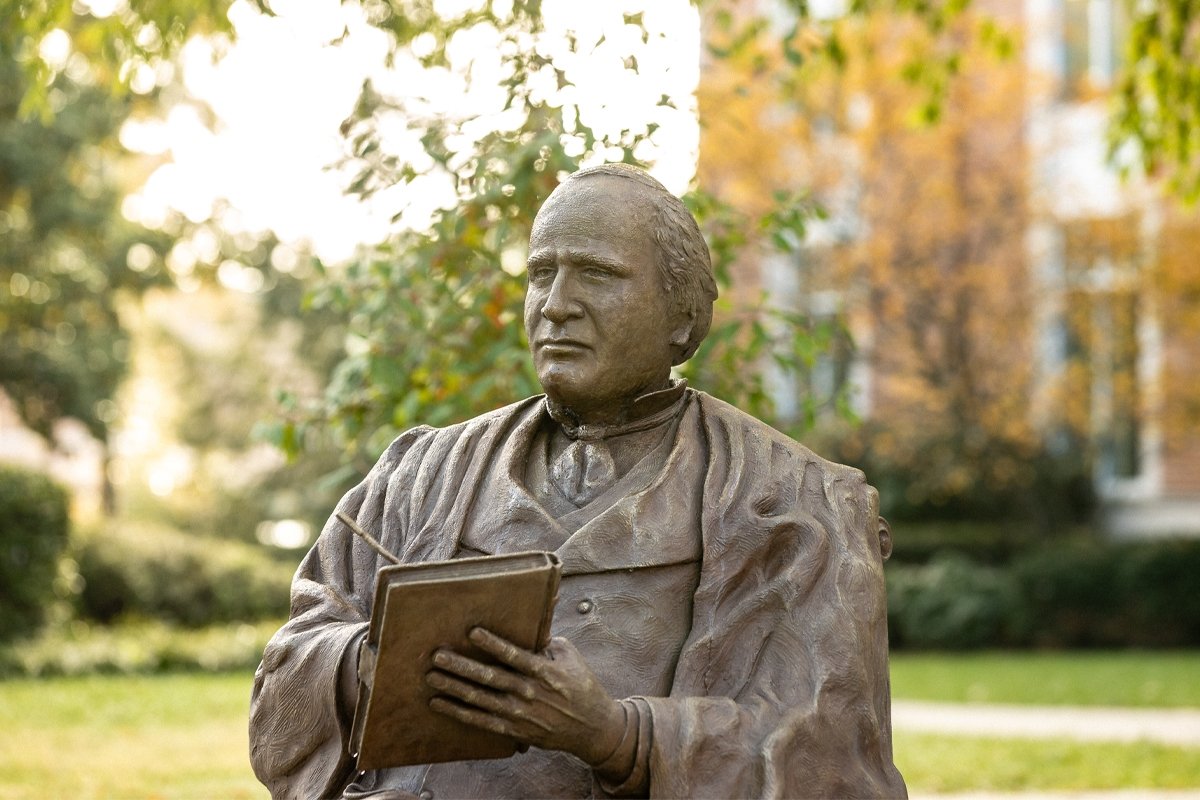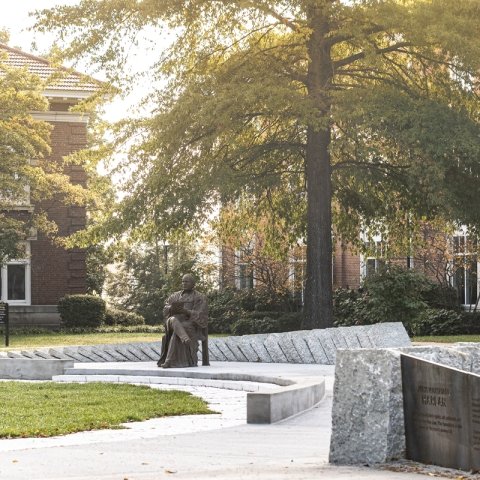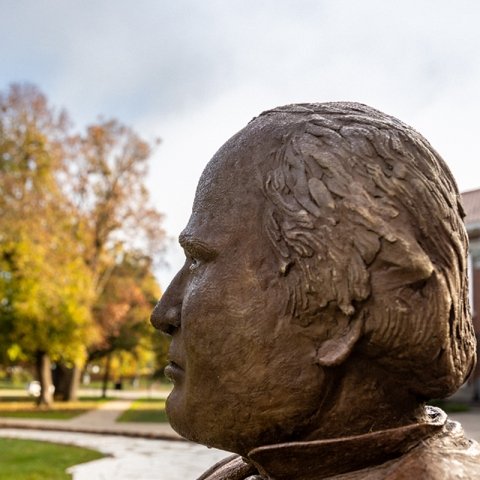Work Overview
John Marshall Harlan (1833–1911) served on the U.S. Supreme Court from 1877 until his death and is best known as “The Great Dissenter” for his lone, forceful dissents in landmark cases — most famously Plessy v. Ferguson — in which he argued that the United States had no class system. Accordingly, all citizens should have equal access to civil rights.
Born in Kentucky to a slaveholding family, Harlan underwent a notable personal and political transformation, becoming a fierce defender of the civil rights of Black Americans and a durable influence on later rulings, including the legal thinking behind Brown v. Board of Education. Accused of flip-flopping on the issue, Harlan said, “I have lived long enough to feel and declare … that the most perfect despotism that ever existed on this earth was the institution of African slavery. Let it be said," he continued, "that I am right rather than consistent."
Off the bench, he was a vibrant personality, fond of bright clothes, bourbon, tobacco, baseball, and golf. Yet his legacy is one of constitutional rigor: across 34 years, he wrote hundreds of opinions and dissents that continue to inspire. Artifacts like the “Harlan Bible,” signed by every Supreme Court Justice in the last 120 years, remain enduring symbols of his impact.
Read more about the statue dedication ceremony
Watch the John Marshall Harlan historical short
Bronze dates in the plaza reference the following milestones in Harlan’s life:
- 1833 - Born in Boyle County
- 1850 - Graduated from Centre College with honors after studying under College President John C. Young
- 1861 - Joined the Union Army as Colonel of the 10th Kentucky Volunteer Infantry Regiment
- 1863 - Elected Attorney General of Kentucky
- 1877 - Appointed to the United States Supreme Court
- 1883 - Sole dissenter in the Civil Rights Cases
- 1896 - Sole dissenter in Plessy v. Ferguson
- 1911 - Died in Washington, D.C.
- 1954 - Vindication in Brown v. Board of Education
Read more about John Marshall Harlan
Artist Biography
Ed Hamilton is a Louisville-native sculptor whose powerful public monuments explore African American history and American identity. He began his career in painting and liturgical work before apprenticing with sculptor Barney Bright. A breakthrough Booker T. Washington commission led to major works, including The Spirit of Freedom (a memorial to Black Civil War veterans in Washington, D.C.), a 12-foot Joe Louis in Detroit, the Abraham Lincoln statues in Louisville’s Waterfront Park and at Centre College (installed 2012), and this likeness of Justice John Marshall Harlan. Hamilton centers representation, especially for children of color, in work that has earned him national recognition, museum retrospectives, and honorary doctorates.
Work Details
Artist: Ed Hamilton
Year/Date: October 17, 2025
Location: Rogers Plaza
Medium: Bronze




